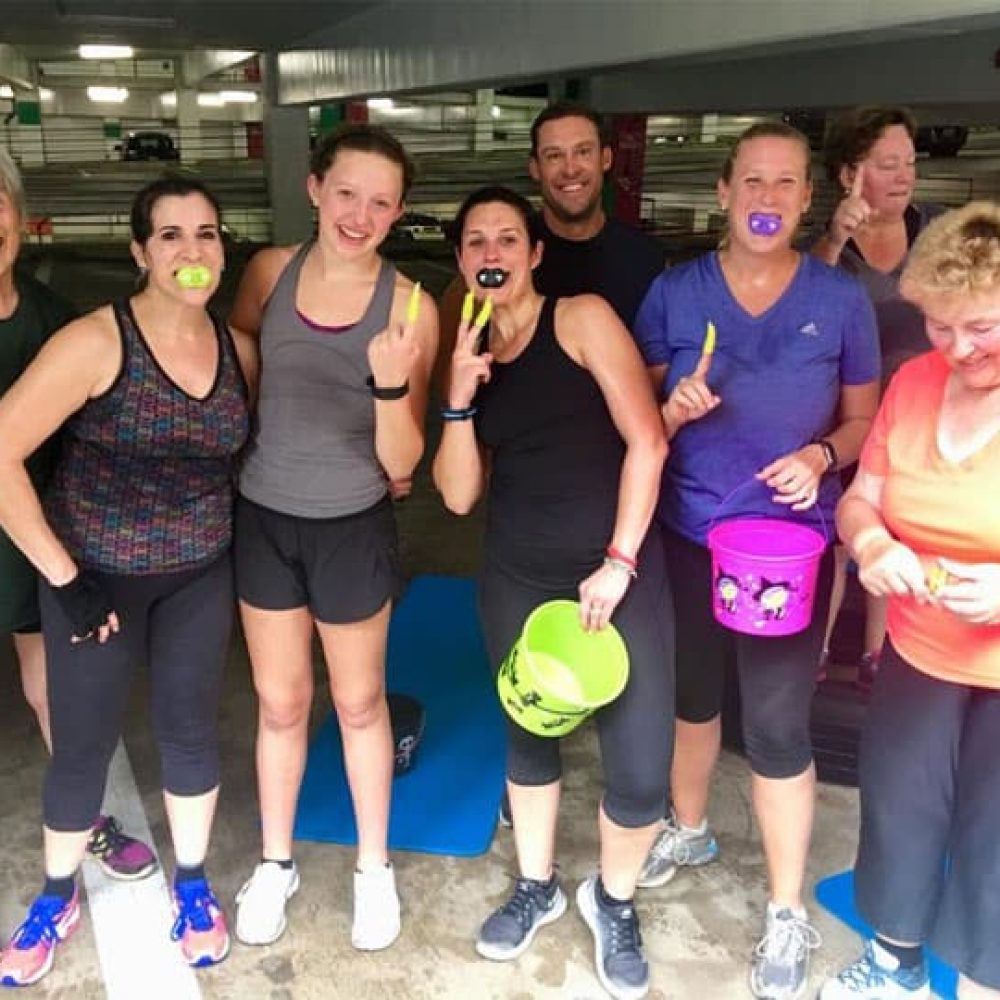Shaping Up for Skiing
The most effective thing you can do to avoid a ski injury this year should begin when you get home tonight: Start planning an exercise and stretching program to make sure you don’t become a ski injury statistic. According to the U.S. Consumer Product Safety Commission, more than 400,000 skiing and snowboarding injuries were reported last year.
“Good physical conditioning can stave off a lot of injuries,” said Art Roerink at a recent meeting of the Baltimore Ski Club. Roerink, 55, has skied for more than 30 years without injury. “I really work hard prior to ski season,” he said. “I have a ski machine that I use for lateral movement. I work predominantly on my legs.”
Good aerobic conditioning gives you more endurance, and that lessens the chance of injury.
“Anything cardiovascular that you can do to get your heart rate up is going to pay off tremendously when you start skiing,” said Lonny Whitcomb, who oversees the ski patrol program for three Pennsylvania resorts.
“A lot of skiers will jog or bike, and some will just walk,” said Whitcomb, who recommends doing about 30 minutes of any one of these activities every other day to help get in shape.
Cycling is a particularly good exercise for skiers. In addition to providing a cardiovascular workout, “it helps you build up balance and downhill body-eye coordination,” said Dr. Jeffrey Halbrecht, who served as medical director to the Women’s Pro Ski Tour from 1991 to 2001.
But don’t stop at aerobic training. There are a number of plyometric exercises that are perfect for skiers. Plyometric exercises – ones that spring-load the muscles – help skiers develop the quick, explosive power needed to control skis through a turn or over a bump.
Strength training is Joel Pecker’s secret. The 71-year-old Parkton, Md., resident, who still likes to ski aggressively, works out every day. “I want to ski with the big dogs,” he said.
He alternates his workout routine, doing weights one day and cardiovascular exercises the next. His regimen seems to work: He’s skied for more than 30 years and said he has never been seriously injured.
Skiers should also incorporate stretches and flexibility training into workouts. “This allows for increased absorption of bumps and dips in the terrain,” said Ehasz. “It allows you to be more powerful and flowing while you are on the slopes.”
The body must be properly hydrated and fueled for a ski trip. Hydrated muscles have the elasticity to endure shock, Ehasz said. Most injuries occur late in the day because of fatigue and because muscles lack fluids, especially at higher altitudes.
Lastly, know your limitations. Start on easy trails before jumping onto more challenging terrain, Whitcomb said.

